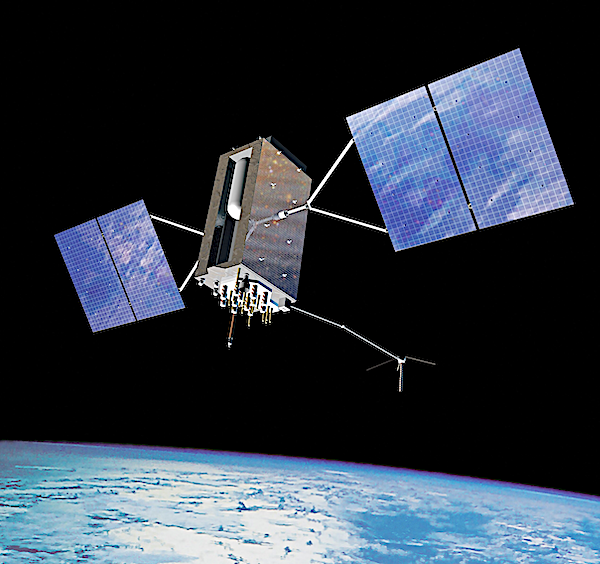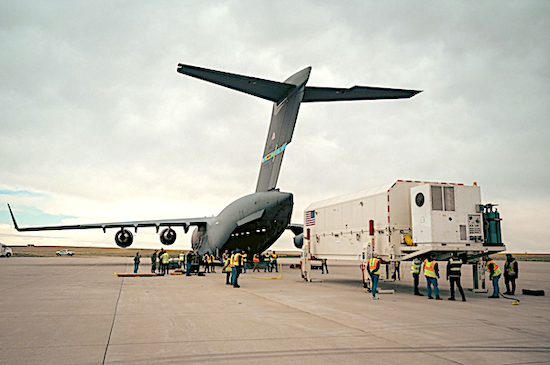
Another National Security Space Launch (NSSL) mission will deliver a Global Positioning System (GPS) III space vehicle to orbit on a rapid response schedule, demonstrating a continuing level of responsiveness by Space Systems Command and Space Operations Command.

U.S. Space Force’s Space Systems Command (SSC) and Space Operations Command (SpOC) announce the expected launch of the National Security Space Launch (NSSL) GPS III-7 mission, Space Vehicle 08 (SV-08), with SpaceX’s Falcon 9 rocket from Space Launch Complex 40 at Cape Canaveral Space Force Station, Florida, no earlier than the end of May 2025.
Following the successful Rapid Response Trailblazer launch in December 2024, the two field commands are executing another accelerated mission. The accelerated mission involves a complex integration of effort across multiple Space Force organizations to retrieve a Global Positioning System (GPS) III satellite from storage, expedite integration with a launch vehicle, and prepare it for launch on an accelerated timeline.

The GPS III satellite, equipped with M-Code technology, provides the warfighter with a capability that is three-times more accurate, and eight-times more resistant to jamming. This effort ensures rapid delivery of modernized Precision, Navigation, and Timing (PNT) capabilities to the Joint Force. This mission builds on lessons learned from the previous RRT and showcases the Space Force’s ability to significantly reduce launch preparation timelines. Typically, launch preparation takes up to 24 months; however, in this case, the Space Force is demonstrating its ability to complete the process within three months.
SpOC’s Mission Delta 31 is leading the pre-launch processing of the space vehicle, closely coordinating with Lockheed Martin in Colorado to expedite shipment and prepare SV-08 for launch. SV-08 was successfully delivered to Florida on a U.S. Air Force C-17 Globemaster III on April 2, 2025, where it will begin processing in preparation for launch.

“This mission represents an outstanding collaboration across multiple teams and agencies,” said U.S. Space Force Col. Andrew Menschner, MD 31 commander. “It highlights our ability to rapidly deploy an additional M-Code-capable satellite and continues to push the boundaries of traditional launch timelines.”
Key enablers for this mission span multiple disciplines and organizations, addressing challenges such as space vehicle-to-launch vehicle integration, satellite control preparation, and rapid contracting and procurement actions.
“The launch and spacecraft teams are working diligently to execute this mission and demonstrate the resilience, communication, and teamwork required to overcome scheduling and technical challenges while maintaining mission success,” said Dr. Walt Lauderdale, Falcon Systems and Operations chief and Mission Director for this launch. “Building on the success of previous missions, we aim to further accelerate our ability to support current warfighter needs.”
Nicknamed in honor of Ms. Creola Katherine Johnson, the American mathematician whose groundbreaking calculations of orbital mechanics were instrumental to the success of early U.S. manned spaceflights, SV-08 will play a pivotal role in advancing critical communication capabilities. This enhancement aligns with the Secretary of Defense’s strategic objectives, bolstering the lethality and operational effectiveness of U.S. military forces. Its cutting-edge M-Code capability and superior anti-jamming technology are indispensable assets for national security and the readiness of Joint Forces operations.
